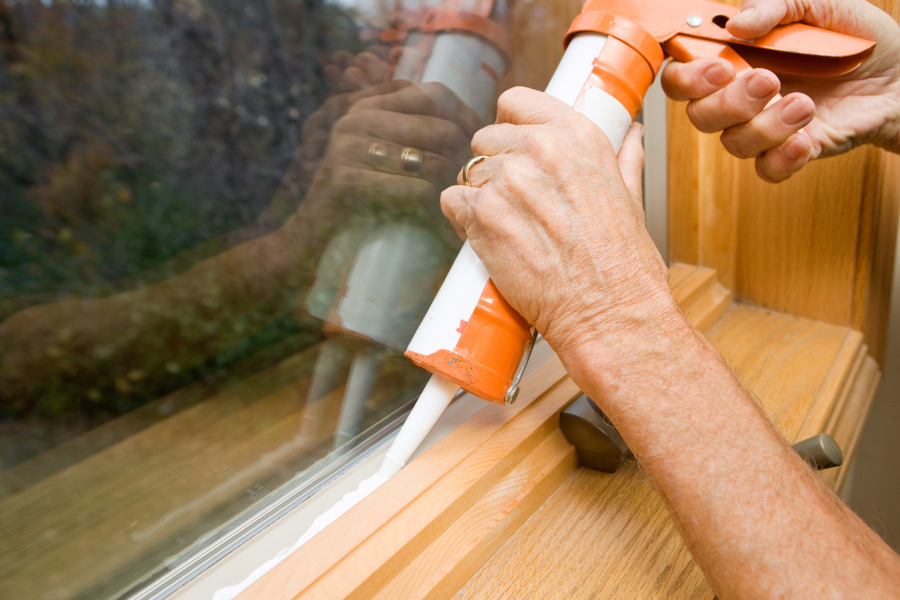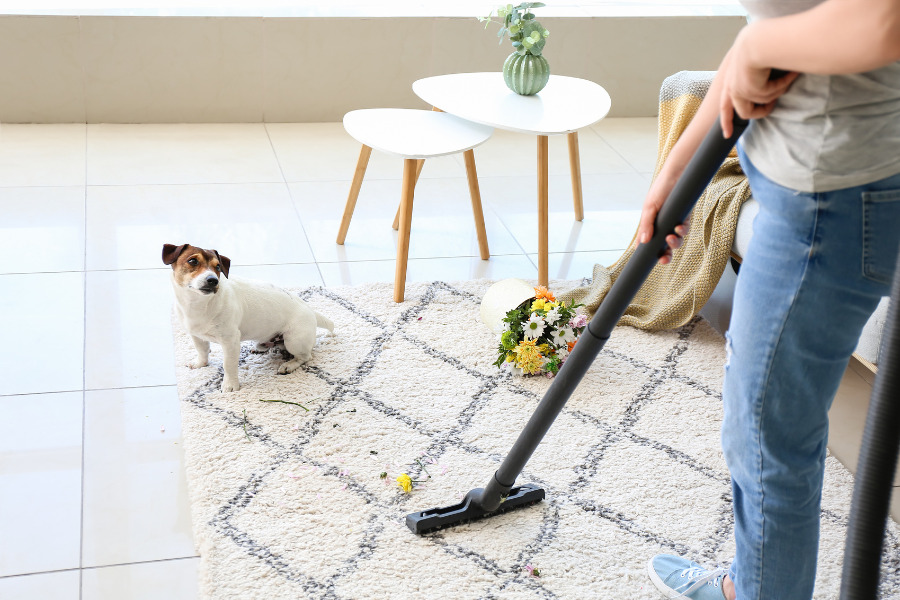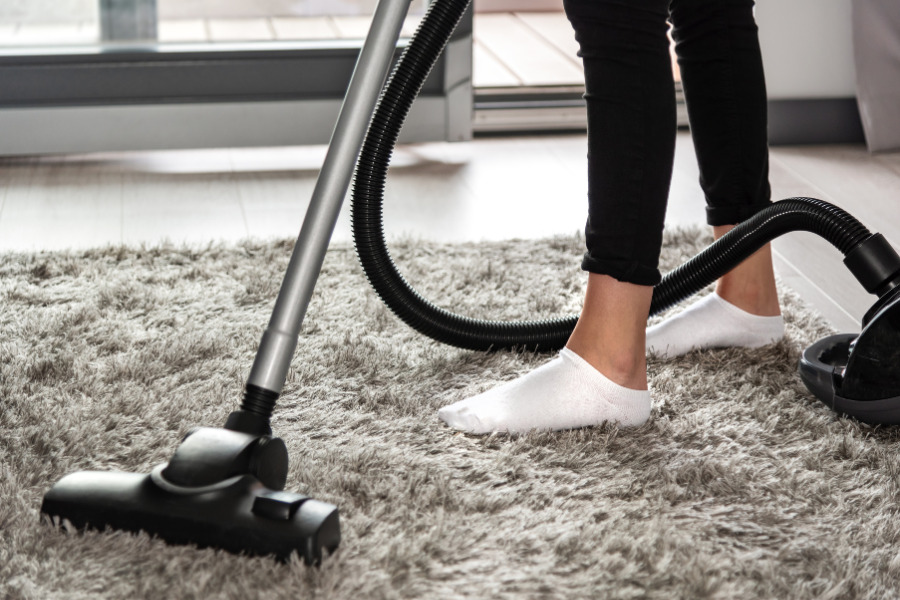Why is My House so Dusty all the Time
Do you have problems with dust in your home? It might be alarming to carefully vacuum just to have the layer of dust quickly reappear. A home might become frequently dusty for many different types of reasons. In this post, we’ll examine some of the typical causes of too much dust in homes and offer a few ideas to help you prevent dust buildup.
Lack of Regular Cleaning:

One of the most obvious causes of a permanently dusty home is a lack of regular cleaning. Over time, parts of dust collect on a variety of surfaces, including floors, furniture, and shelves. The amount of dust in your home can be considerably reduced by routinely vacuuming, sweeping, dusting, and mopping. Setting up a regular cleaning routine can significantly improve things.
Inadequate Sealing:

Doors, windows, walls, and flooring that have gaps or cracks can let outside air into your house, carrying dust particles with it. Look for any gaps or openings and fill them with caulk, weatherstripping, or other suitable solutions. Your home’s energy efficiency, indoor air quality, and dust infiltration can all be improved with proper sealing.
HVAC System Issues:
The quality of air moving in your home is strongly affected by the heating, ventilation, and air conditioning (HVAC) system. Dust particles may circulate and settle in your living rooms if the air filters are dirty or blocked, which makes them less effective at trapping them. Dust issues can be reduced by routinely changing or cleaning your HVAC filters as instructed by the manufacturer.
High Humidity:
A large amount of moisture in the air can encourage the accumulation of dust. In humid situations, dust tends to gather and settle more quickly. Its use or air conditioner operation can help lower humidity levels, reducing dust accumulation in your home.
Dirty or Inadequate Vacuum Cleaner:

Dust issues might become harsher if a vacuum is not properly maintained or is not effective. Make sure your vacuum is functioning properly, has clean filters, and has a powerful suction. Use a vacuum that has a HEPA (high-efficiency particulate air) filter since it can more effectively catch smaller dust particles.
Shedding Pets:

If you have dogs in your home with fur, their loss may contribute to higher levels of dust. The amount of pet hair and dander in your living spaces can be reduced with routine cleaning, brushing, and vacuuming.
Outdoor Factors:
The amount of dust inside your home may be affected by the atmosphere outside. Living close to busy highways, construction sites, or pollen-heavy areas might increase the amount of dust in your home. Even though environmental variables may be beyond your control, you can lessen their effects by using air purifiers with efficient filters or keeping windows closed during times of high dust.
Insufficient Air Circulation:
Dust can more easily accumulate in stagnant air. By using ventilation systems, opening windows when the weather allows, and ceiling fans, you can make sure that your home has sufficient ventilation. Dust is less likely to settle on surfaces when there is moving air around.
Carpets and Upholstery:

Dust can be caught in carpets, rugs, and upholstery items. Replace carpets with hard flooring options and cover furniture with machine-washable coverings. To prevent dust accumulation, regularly hoover and clean these surfaces..
Outdoor Dust Entry Points:

Dust from outside can be transferred inside by people and animals. The amount of outside dust that is brought inside can be reduced by using doormats at entry points, advising family members to take off their shoes, and cleaning dogs before they enter.
You can seriously reduce the amount of dust in your home by taking care of these potential reasons and putting the recommended fixes into practise. It’s crucial to remember, though, that since dust is a natural component of our environment, complete elimination is not feasible. regular maintenance and cleaning
